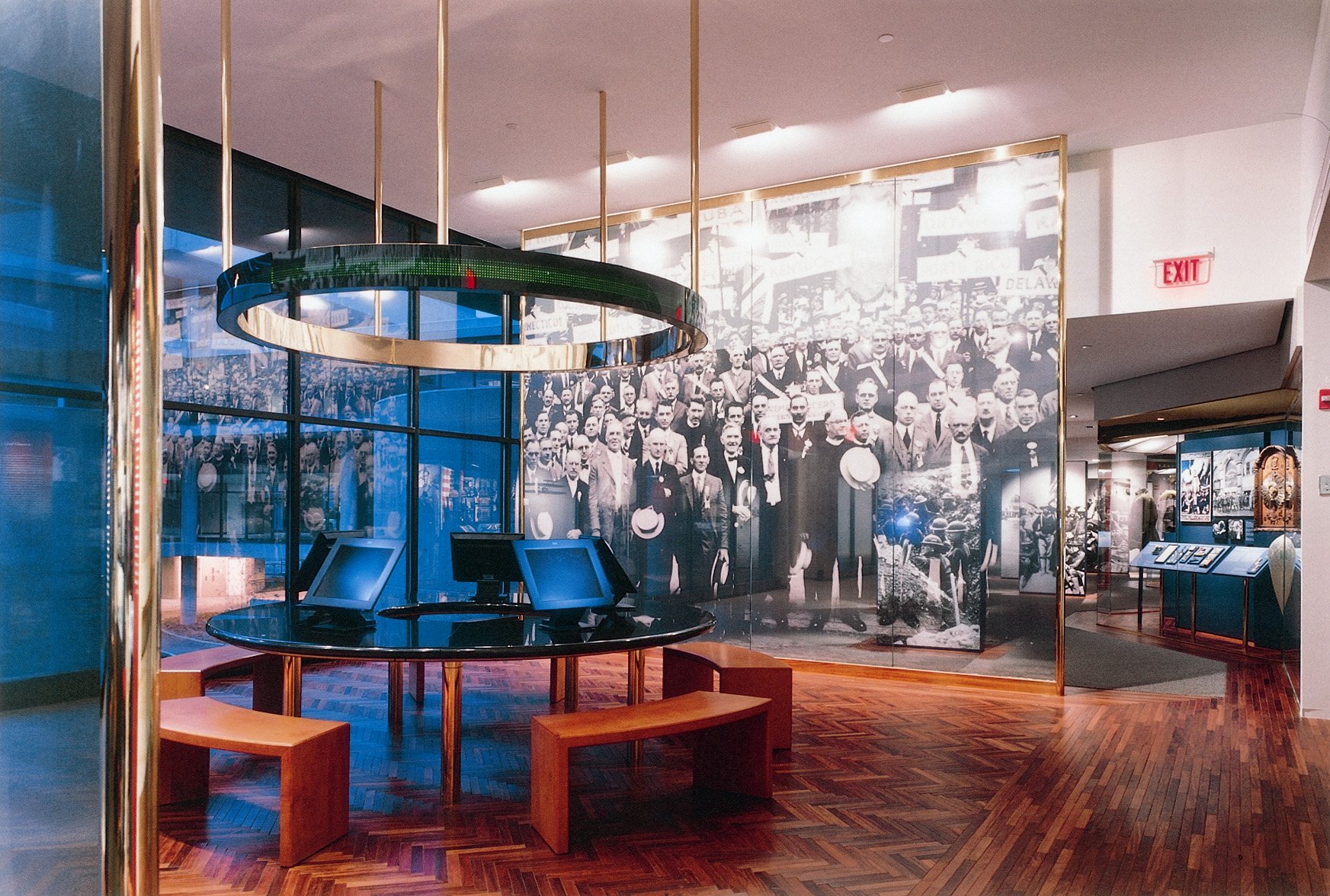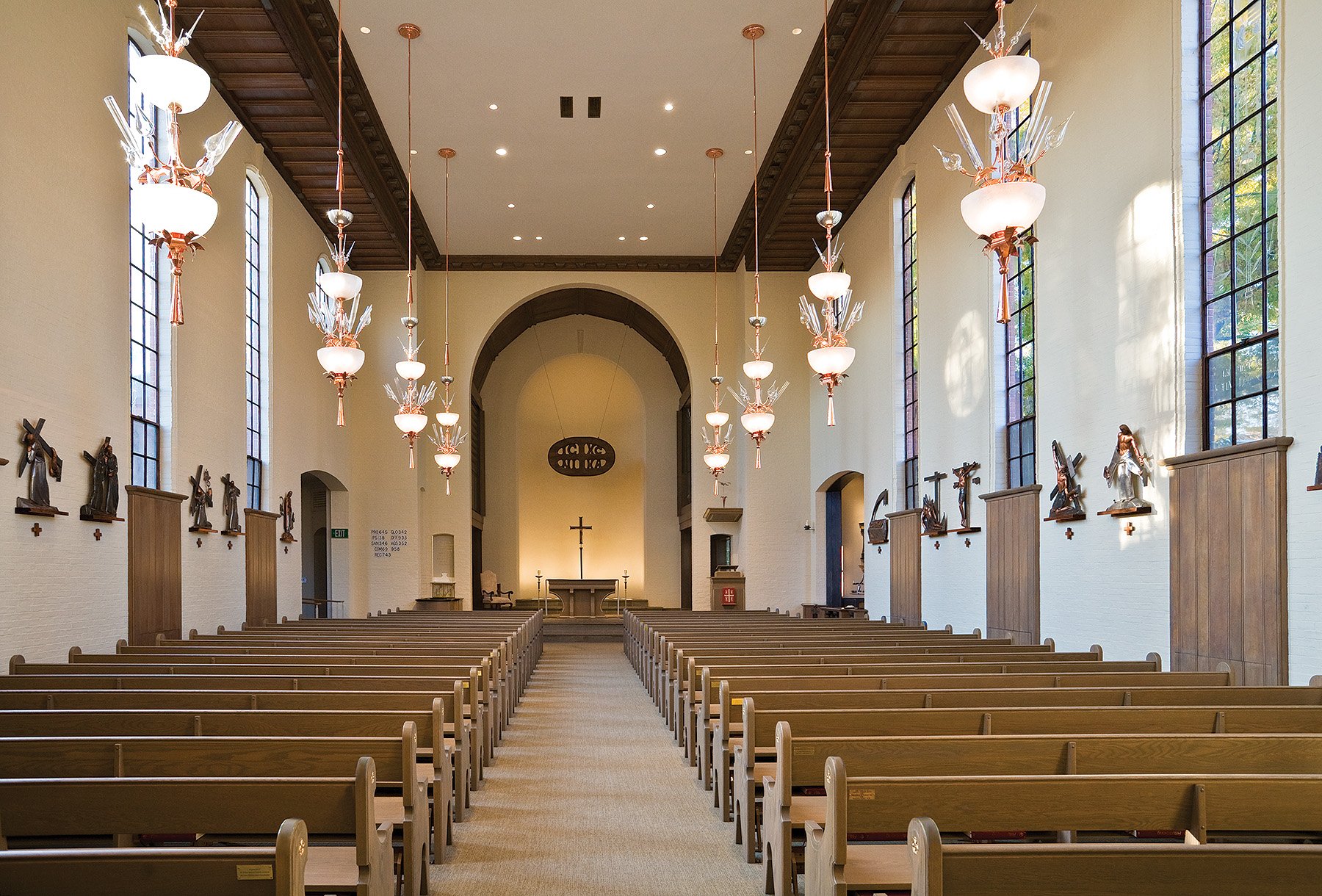Preserving the Past, Building the Future: Protecting New Haven’s Historic Fabric
New Haven’s built environment reflects nearly four centuries of architectural and cultural development, from its 17th-century town plan and central Green to 19th-century industrial brick buildings and 20th-century modern buildings. Historic preservation plays a critical role in maintaining this legacy, reinforcing community identity, and providing educational opportunities for residents, students, and visitors alike.
With Yale University, local historical societies, and public schools, preserved sites become active teaching tools for architecture, urban history, and preservation science, turning the city’s built heritage into living classrooms that inspire and inform.
When historic structures are restored or adaptively reused instead of demolished, they offer continuity and connection to the past while meeting modern needs. Preservation projects often involve collaboration among the project owners, architects, engineers, contractors, and city officials. These efforts balance historical accuracy with current codes, sustainability goals, and accessibility standards.
Petra Construction is proud to support preservation in New Haven. The following projects demonstrate our firm’s commitment to restoring and adapting historic structures with precision and care.
New Haven Historic Residence
Located in the Prospect Hill Historic District, this early 20th-century residence underwent a comprehensive renovation. Restoration efforts focused on maintaining the architectural integrity of the original design while integrating contemporary building systems and code-compliant upgrades.
Transformation of the Blessed Michael McGivney Pilgrimage Center
A 33-year-old concrete office building was adaptively reused to create the Blessed Michael McGivney Pilgrimage Center, formerly the Knights of Columbus Museum.
Preservation on Hillhouse Avenue
Often described by Charles Dickens as “the most beautiful street in America,” Hillhouse Avenue showcases 19th-century architecture and is central to New Haven’s historic identity. Preservation efforts along this street have included the renovation and expansion of 37 Hillhouse, providing an up-to-date academic space for 24 Hillhouse and updating architectural finishes at 46 Hillhouse.
Architect: Christopher Williams Architects LLC Photograph © 2025 Robert A. Lisak
Adaptive Reuse at St. Thomas More Chapel
Extensive renovations restored this 300-seat chapel, built in 1938, to its original character which included the restoration of 38 pews, custom millwork for the ceiling and walls, and fabrication of many custom pieces, including carvings and gold gilding.
ROÌA Restaurant Renovation
The existing ballroom/restaurant facility located within the historic Taft Hotel, built in 1912, was completely renovated and restored. The project included the repair and restoration of existing wall paneling, decorative plaster ceilings, and marble tile flooring.
Relocating a Historic Landmark
In preparation for new construction, a historically significant building originally built in 1807 (and rebuilt in 1871) was relocated several hundred feet from its original site.
Sustaining the City’s Story
Historic preservation in New Haven is more than the repair of aging structures it is an ongoing commitment to protecting the city’s cultural identity. Through restoration, adaptive reuse, and sensitive modernization, these projects ensure that the city’s architectural legacy continues to inspire future generations.








